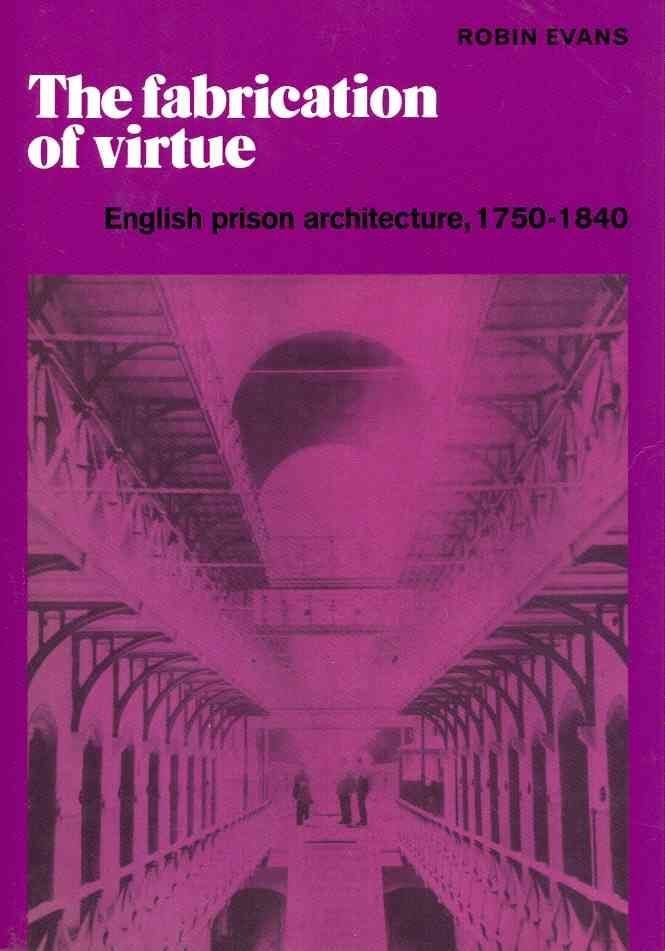First published in 1982, this book describes a new kind of prison architecture that developed in the late eighteenth and early nineteenth centuries. The book concentrates on architecture, but places it in the context of contemporary penal practice and contemporary thought. Beginning with an exploration on the eighteenth-century prisons before reform, the book goes on to consider two earlier kinds of imprisonment that were modified by eighteenth-century reformers. The theory and practice of prison design is covered in detail. The later parts of the book deals with alliance between architecture and reform, and with the connection between the utilitarian architecture of the reformed prisons and academic neo-classicism. The overall aim of the book is to show the profound change that was being wrought in the nature of architecture, which was exemplified in the reformed prisons. Architecture, one emblem of the social order, was now one of its fundamental instruments.












